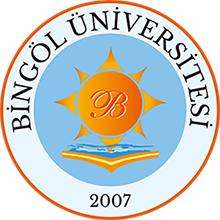| dc.description.abstract | The identification and quantification of the phenolic contents of methanolic extracts of three
Salvia L. species namely S. brachyantha (Bordz.) Pobed, S. aethiopis L., and S. microstegia Boiss. and Bal.
were evaluated using reverse phase high performance liquid chromatography, UV adsorption, and
mass spectrometry (RP-HPLC/MS). In order to determine the antioxidant capacity of these species,
cupric ions (Cu2+) reducing assay (CUPRAC) and ferric ions (Fe3+) reducing assay (FRAP) were
performed to screen the reducing capacity and 1,1-diphenyl-2-picrylhydrazyl (DPPH) assay was
employed for evaluation of the radical scavenging activity for both solvents. In further investigation,
the antimicrobial activities of Salvia species were tested using the disc diffusion method against three
Gram-positive and four Gram-negative microbial species, as well as three fungi species. The results
showed that there is a total of 18 detectable phenols, the most abundant of which was kaempferol in
S. microstegia and rosmarinic acids in S. brachyantha and S aethiopis. The other major phenols were
found to be apigenin, luteolin, p-coumaric acid, and chlorogenic acid. All species tested showed
moderate and lower antioxidant activity than standard antioxidants such as butylated hydroxyanisole
(BHA), butylated hydroxytoluene (BHT), and ascorbic acid. The ethanolic extracts of Salvia species
revealed a wide range of antimicrobial activity. S. brachyantha and S. microstegia showed the highest
antimicrobial activities against B. subtilis, whereas S. aethiopis was more effective on Y. lipolytica. None
of the extracts showed anti-fungal activity against S. cerevisiae. Thus these species could be valuable
due to their bioactive compounds. | tr_TR |














